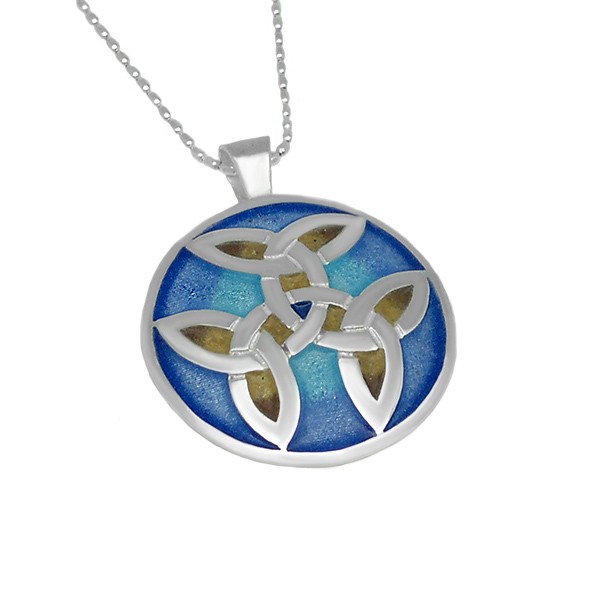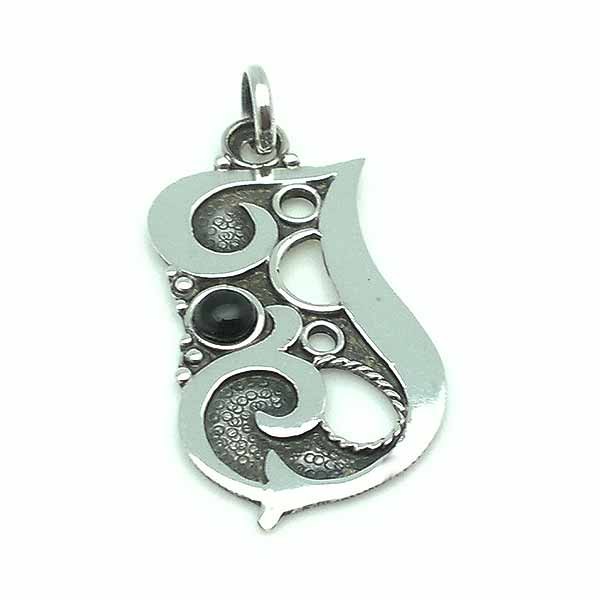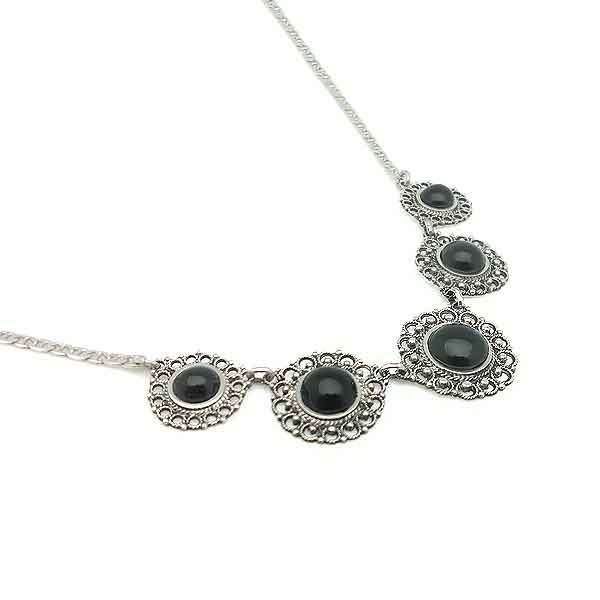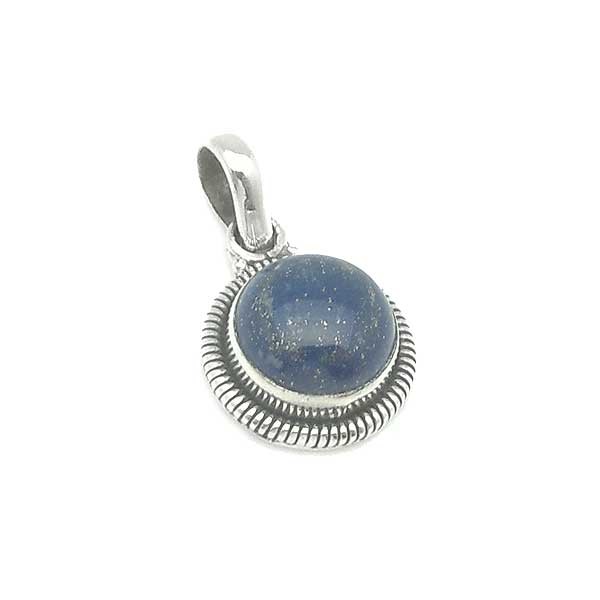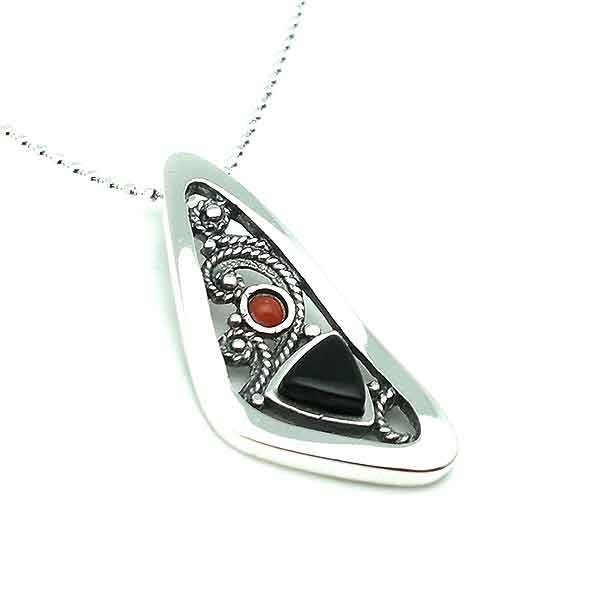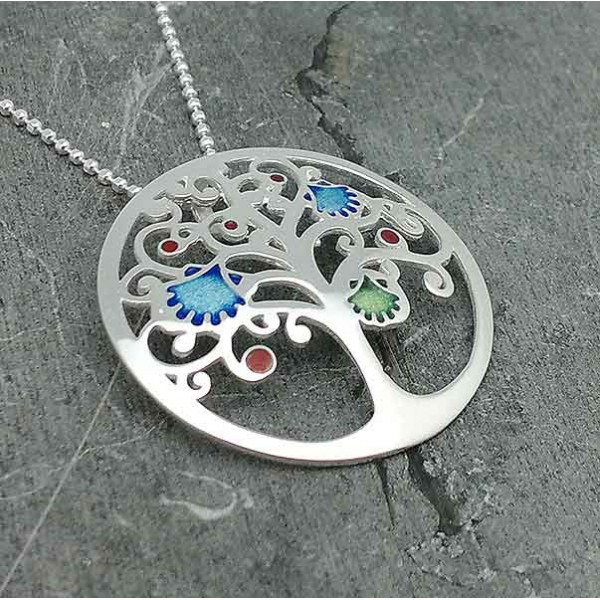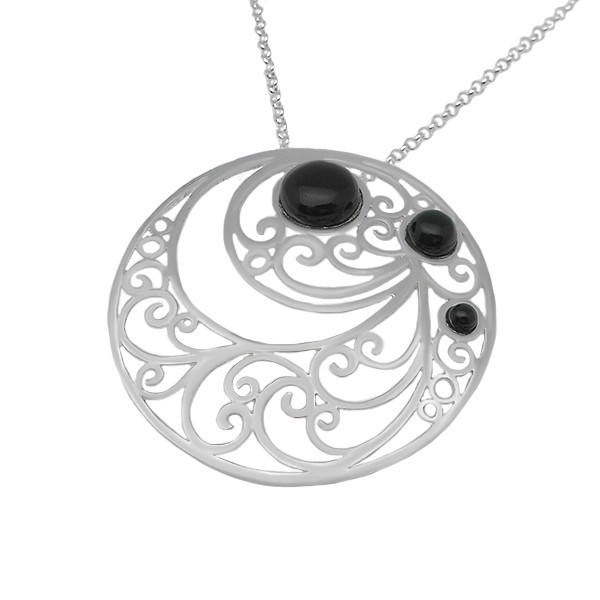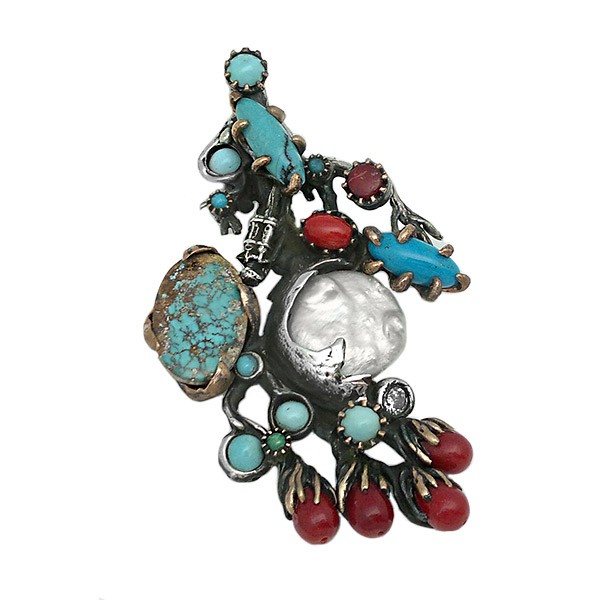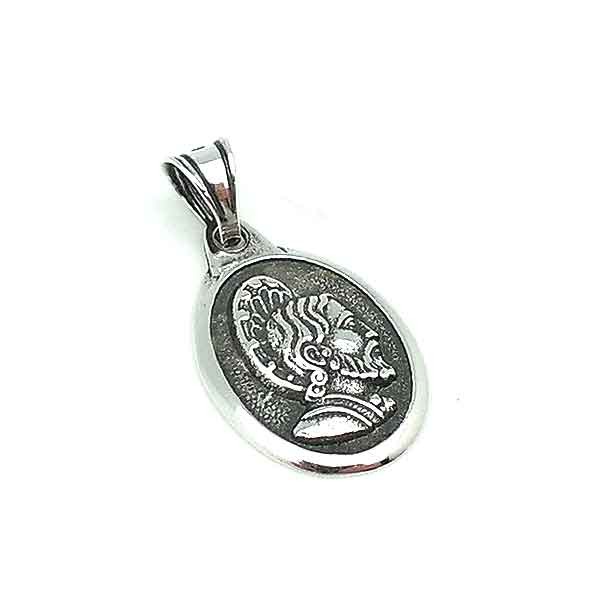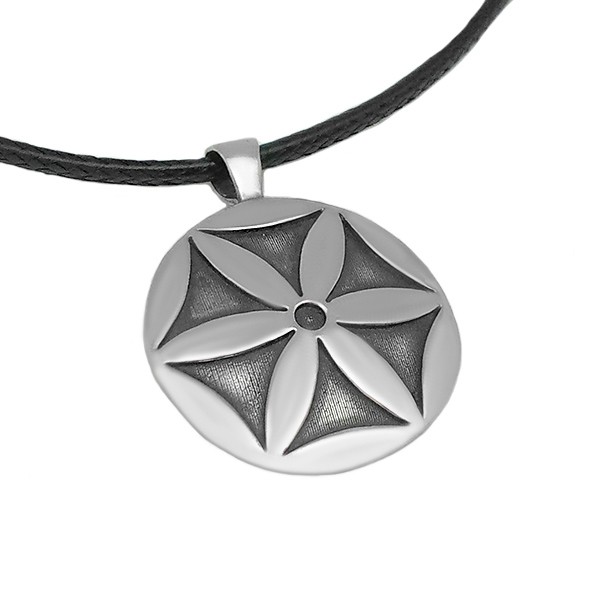Celtic Knot Pendant
€78.95
Sterling silver pendant of a celtic knot.

Urgent shipping in 24/48 hours

Wrapped for gift

100% Secure Payment
Celtic Pendant in the shape of a Celtic Knot in 925/000 Sterling silver and Fire Enamel made by expert Goldsmiths from the Galician city of Santiago de Compostela. It includes a chain, also made of sterling silver, 40 cm long.
Measures:
Diameter: 3cm
Celtic knots are the most popular in Celtic history and culture, representing a unique emblem for craftsmen and jewelers today. They began to appear around 450 AD. being used mostly by artisans and monks in order to adorn their manuscripts as in the famous Book of Kells.
15L02921
1 Item
No customer reviews for the moment.
